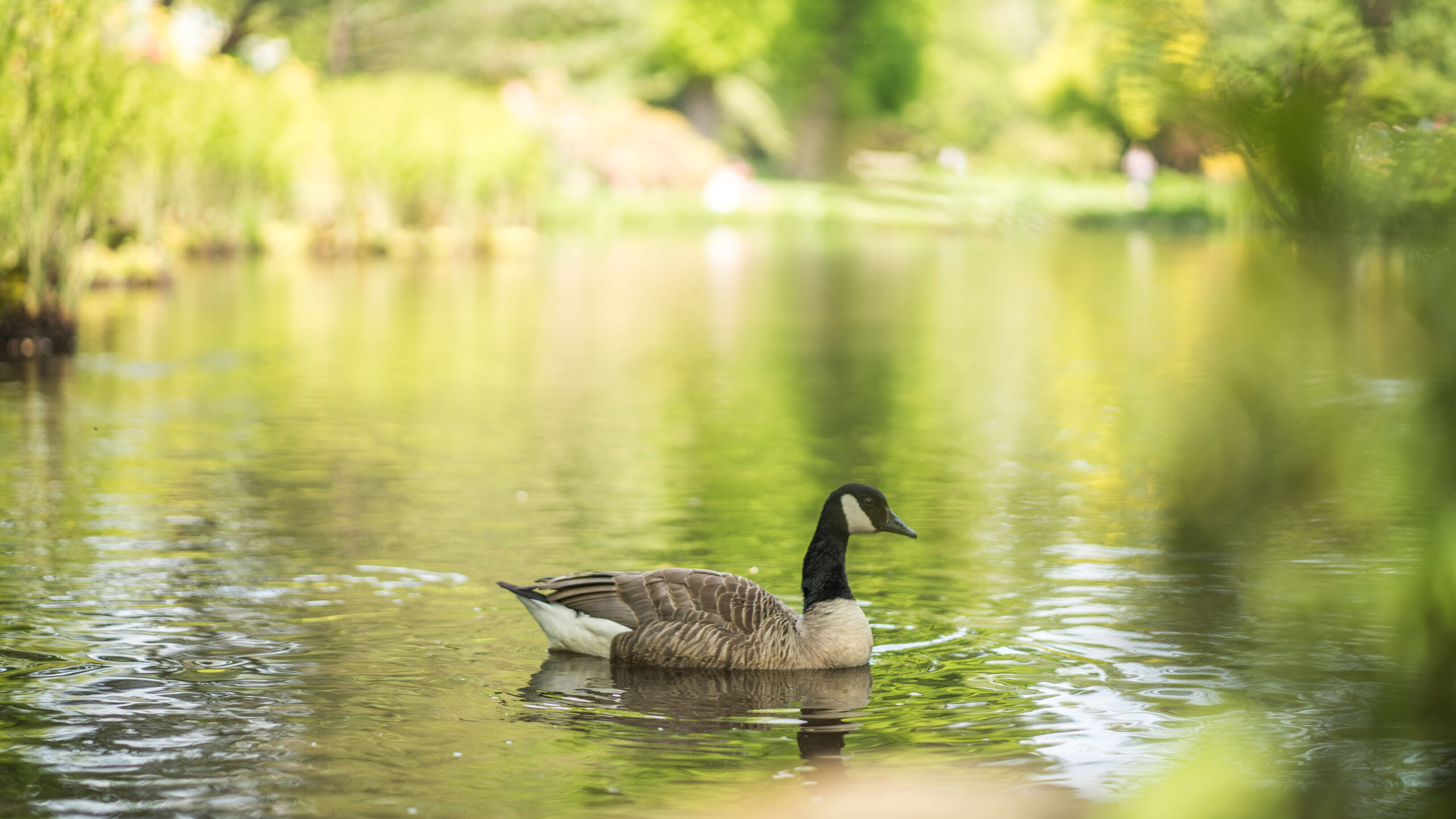
The Savill Garden: a food source for wildlife

Published by
Windsor Great Park
Apr 17 2024
Share this article
Feeding birds and other wildlife brings great joy to many people, and doing so can provide a lifeline to wildlife when food is scarce. Indeed, many wildlife organisations provide lots of advice about how to keep wildlife well fed in gardens and communities. However, visitors to The Savill Garden are respectfully asked not to feed the wildlife when visiting this particular area of Windsor Great Park. Here we explain why this is so important.
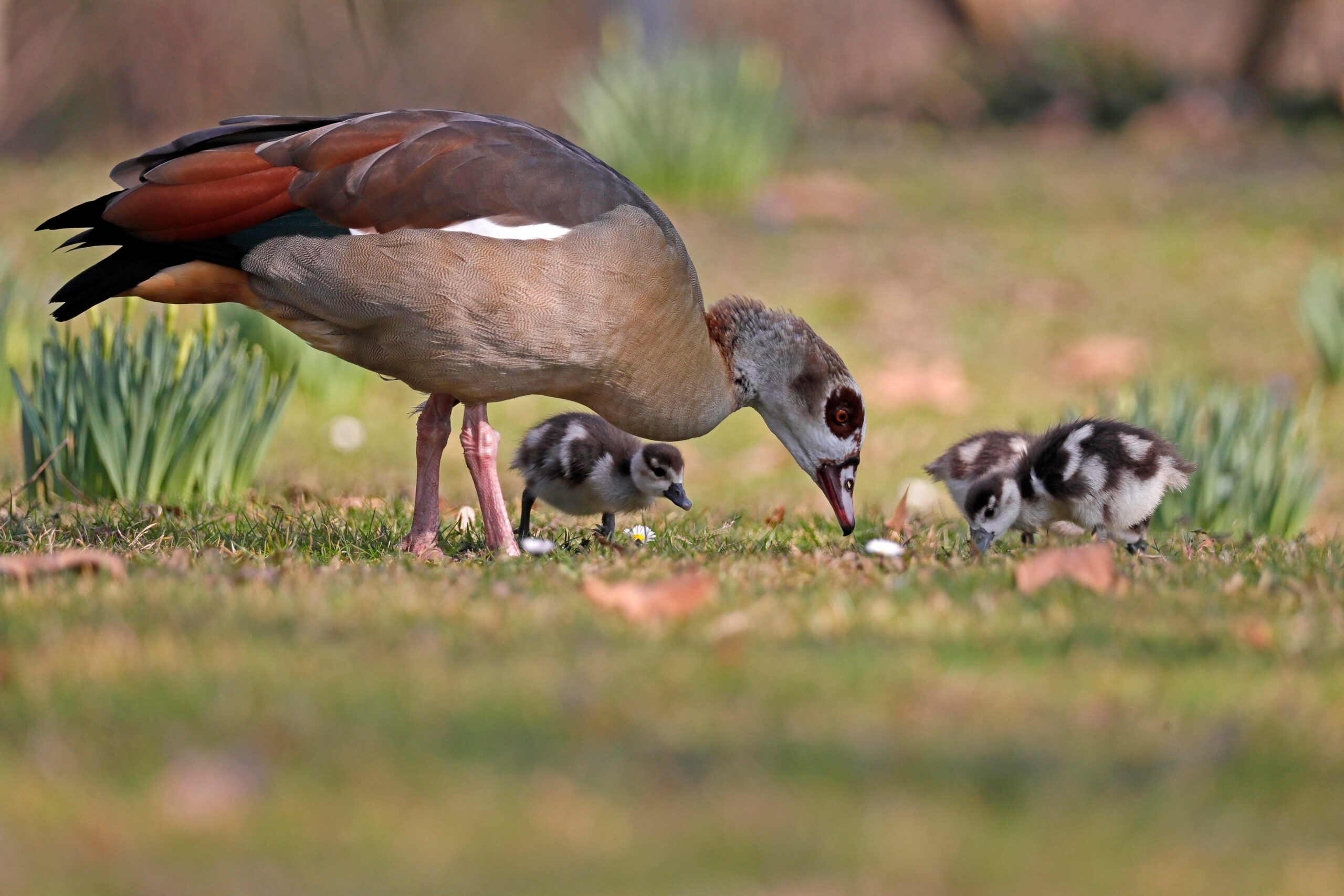
Egyptian geese
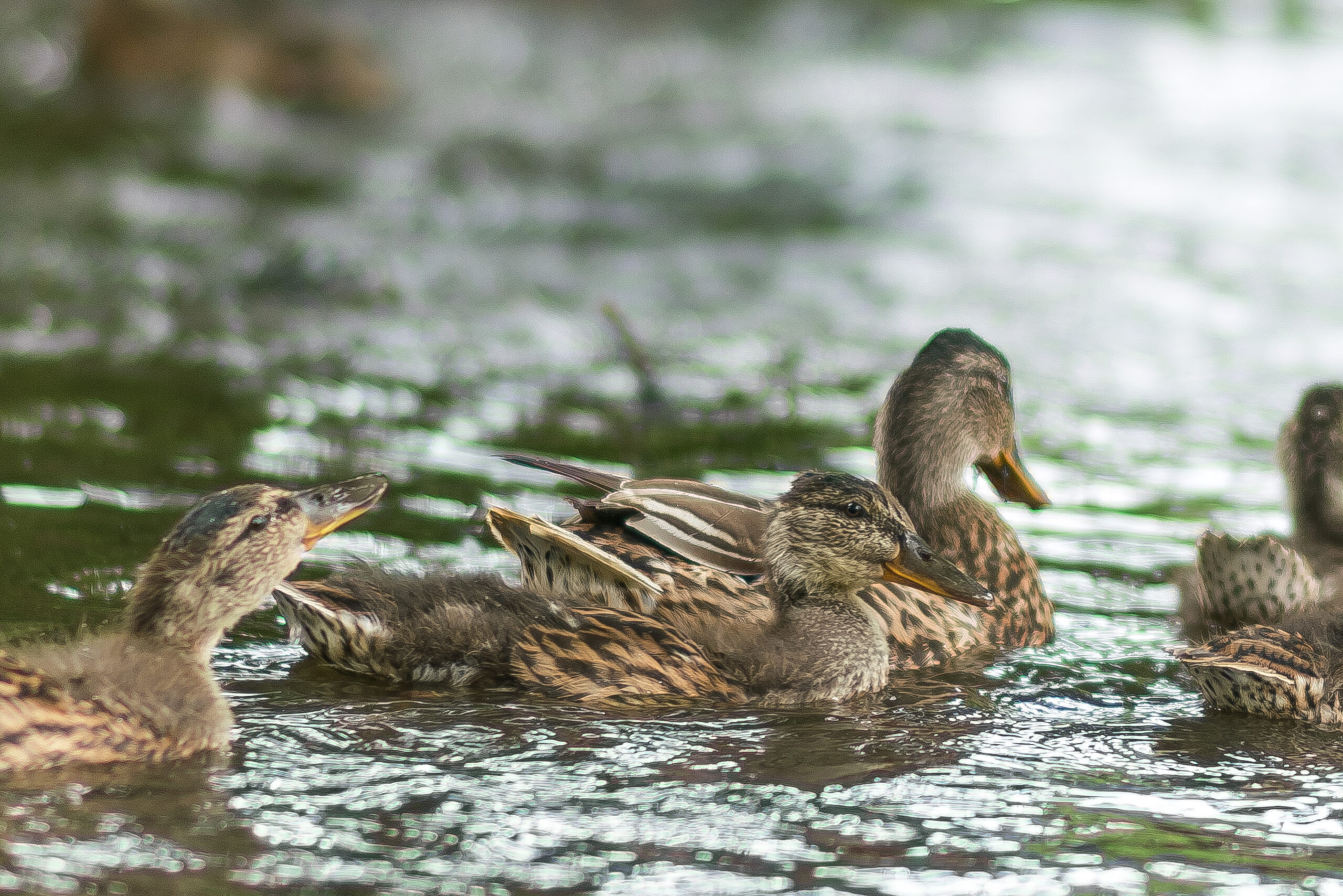
A year-round food source for wildlife
Thanks to its wide variety of planting, The Savill Garden offers a rich and abundant landscape all year round. This provides a plentiful, natural source of food throughout the year, attracting a diverse range of wildlife.
Nature’s pest control
In return for this rich food source, the wildlife looks after the landscape. Ducks and birds are particularly adept at keeping down the volume of pests such as slugs and snails. They are a delicious meal for birds and ducks, but as any keen gardener will know only too well – can cause considerable damage to plants.
In acting as nature’s pest control system, the work of birds, ducks and other mammals means we can limit the need for chemical pest control. That is vital to us as we work hard to promote biodiversity right across the Windsor Estate.
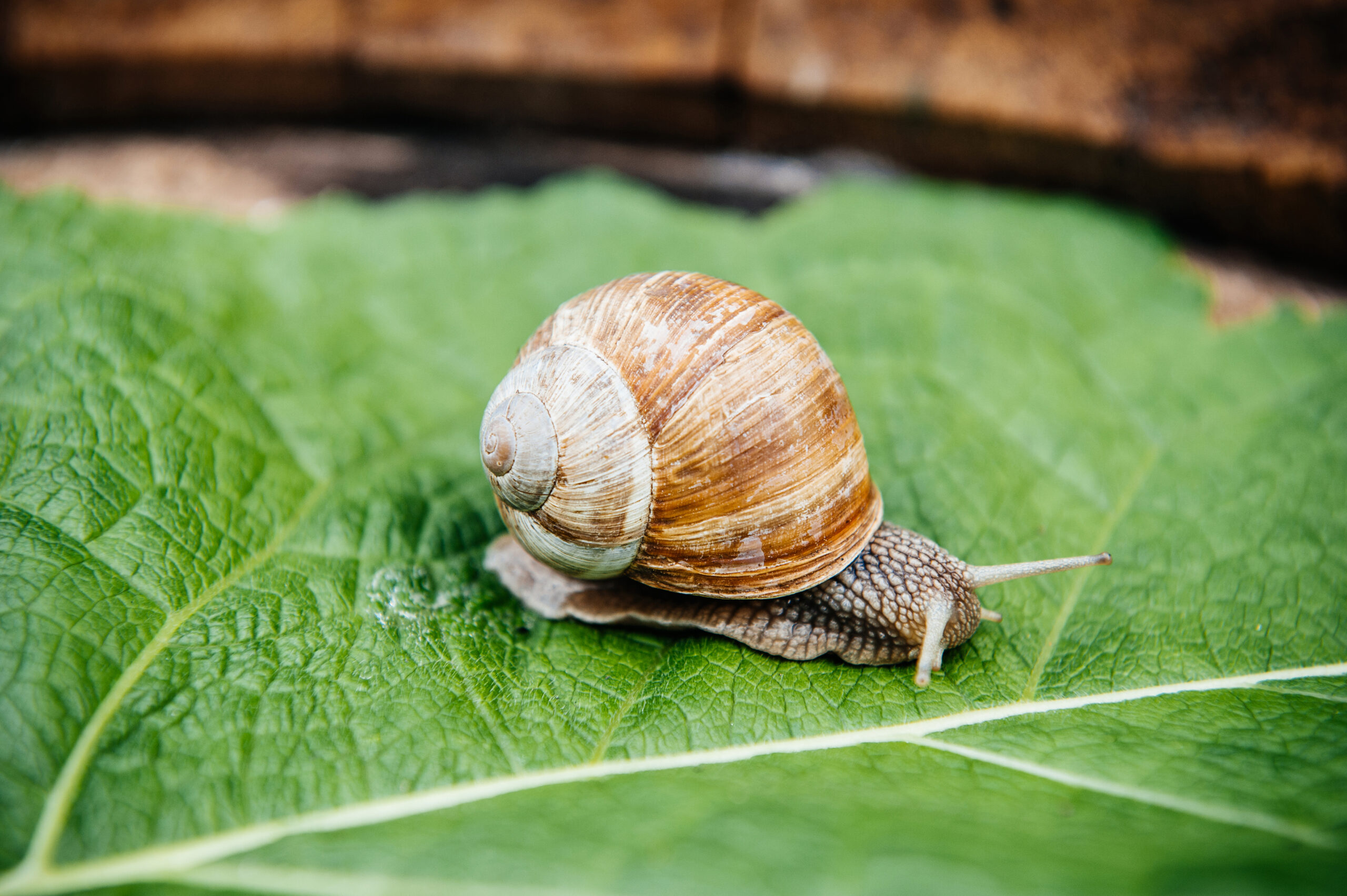
Garden snail
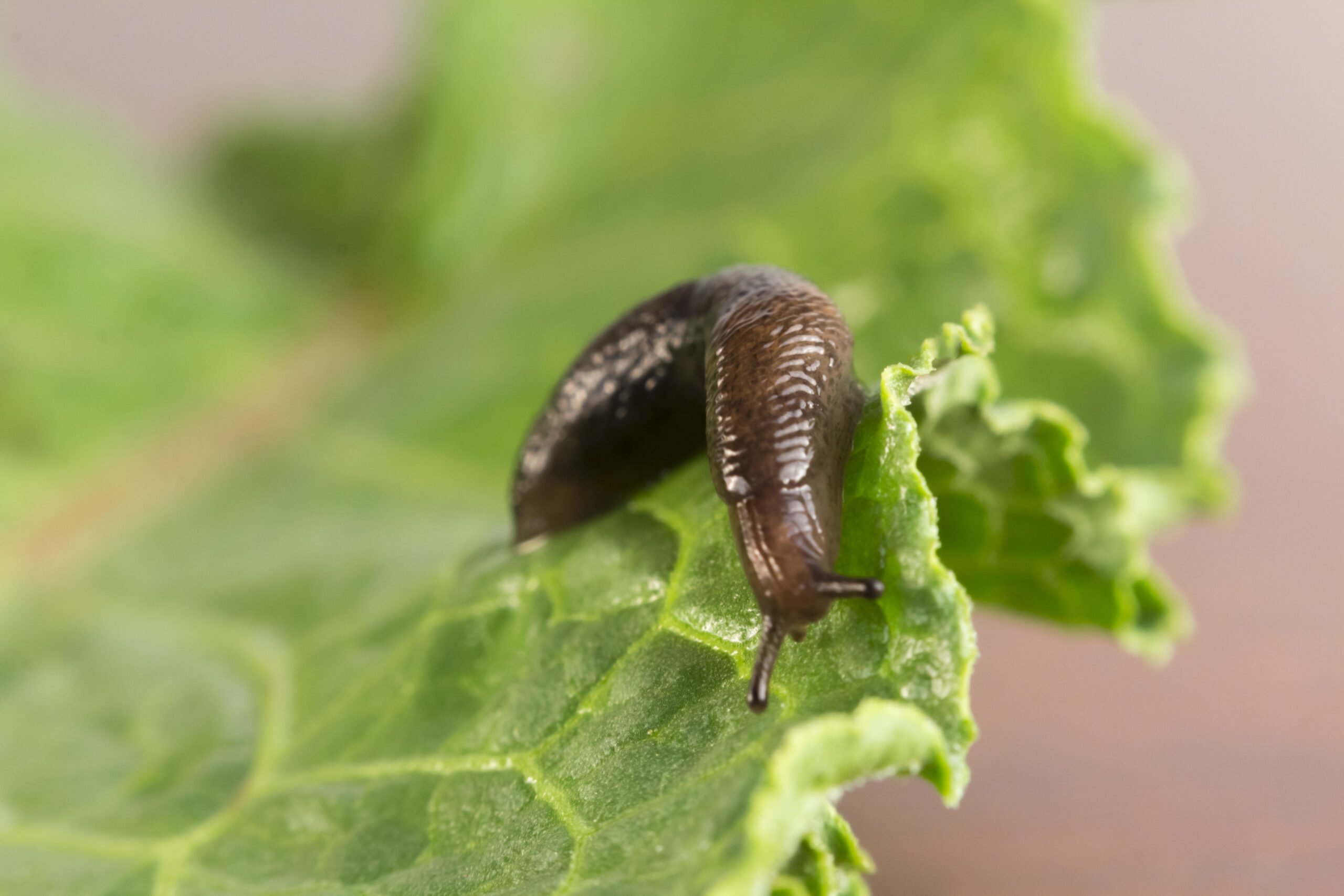
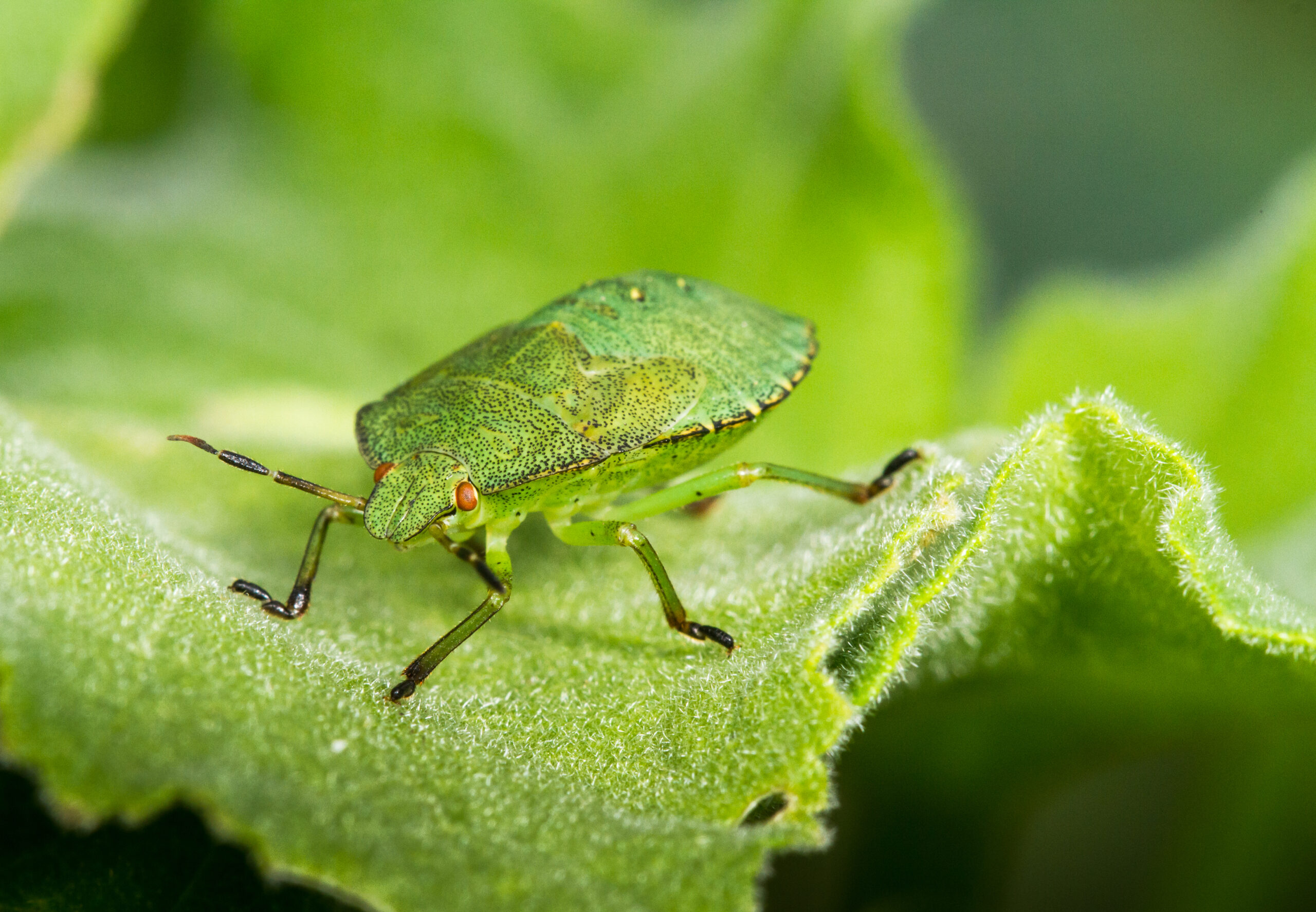
Green shield bug
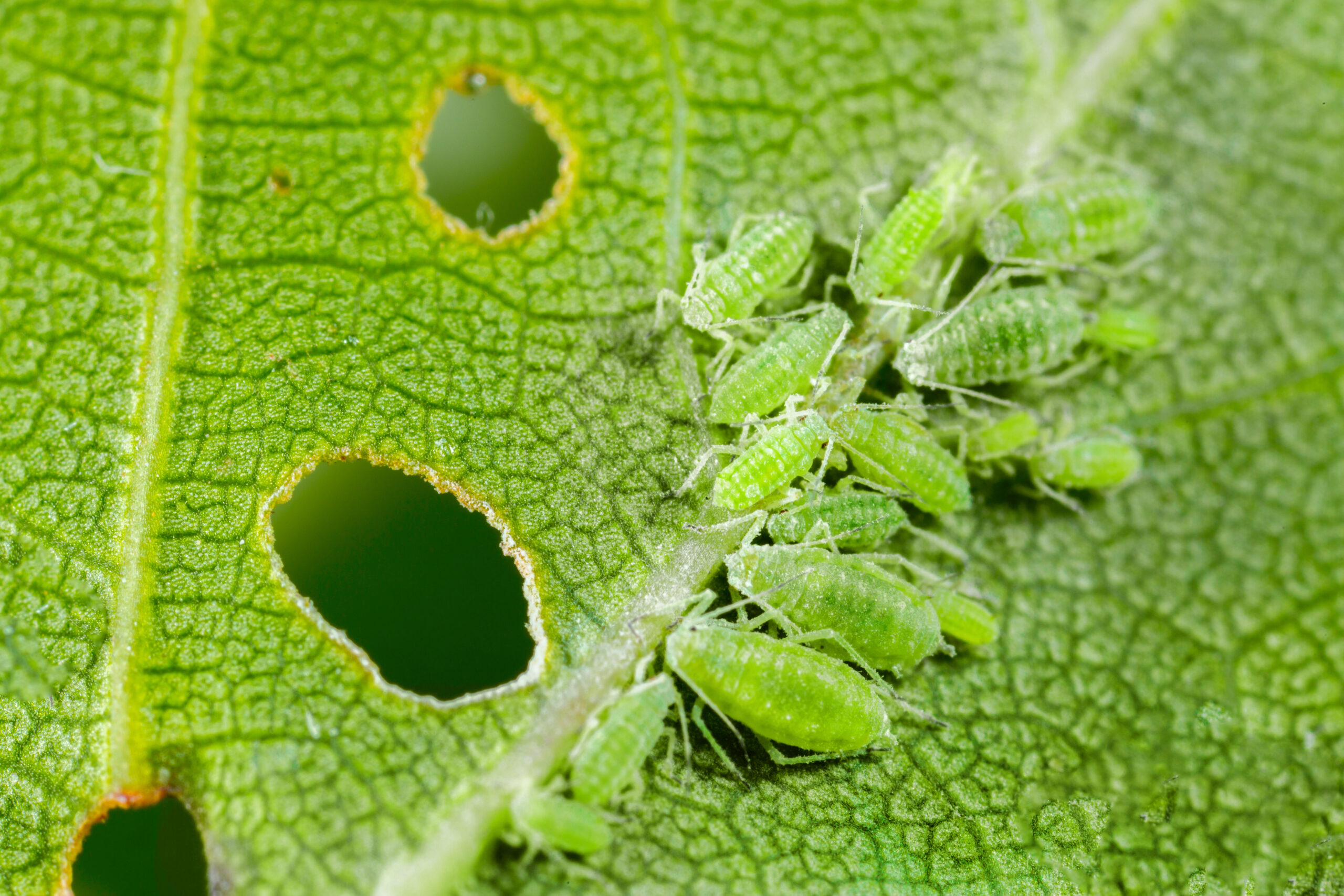
Maintaining a perfectly balanced ecosystem
If we artificially feed the wildlife in the Garden, there is a risk of disrupting this perfectly balanced ecosystem. If the birds are full up on food brought by visitors, they will no longer eat the pests which can damage plants. We then face an unwelcome challenge of deciding whether to use chemical pest-control, or whether to risk the deterioration of many plants within the Garden.
And if the wildlife becomes reliant on feeding from visitors – the RSPB (The Royal Society for the Protection of Birds) advises that birds become used to feeding routines from humans¹ – they are at risk of being less self-sufficient when visitor numbers decrease and the artificial feeding falls away, for example, when the weather is poor and over the winter months.
Helping nature thrive
By working with nature, and not feeding the wildlife in The Savill Garden, we can maintain this beautiful harmony. It will ensure visitors and wildlife can make the most of the colourful magnolias, rhododendrons, cherry trees, and azaleas in spring; the scented Rose Garden and the Mediterranean-style Dry Garden in summer; the autumn palette of the Japanese maples, sweetgums, hickories and tupelo; and the winter variety offered by the dogwood willows, scented daphnes and winter-flowering camellias and mahonias.
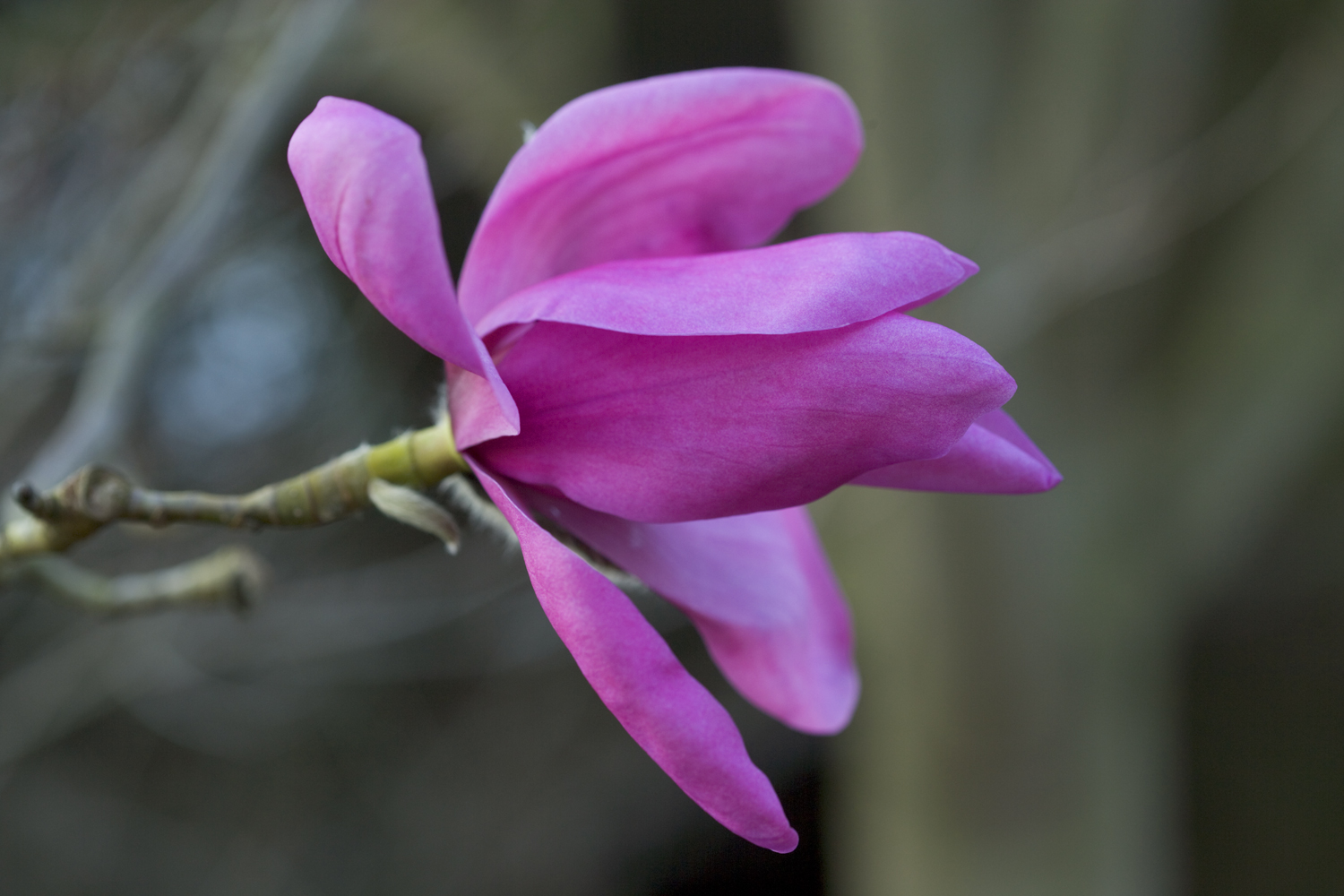
Magnolia sprengeri ‘Lanhydrock’
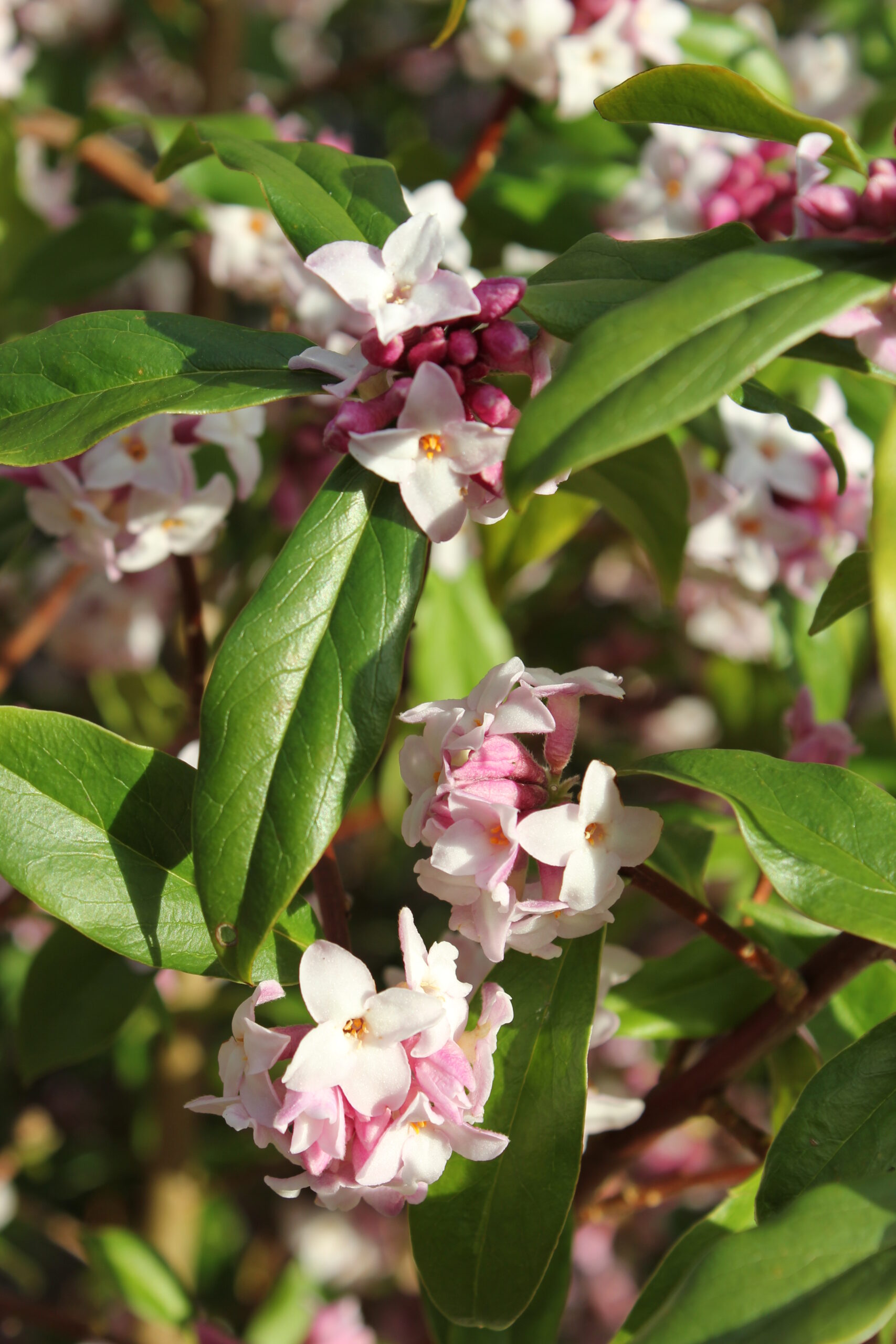
Tips on helping birds near you
Whilst wildlife in The Savill Garden is very well catered for and has all the food it needs, your food supplies – particularly for birds – will be welcome in many other places.
Thank you for understanding why we ask you not to feed the wildlife and The Savill Garden, and for your support in maintaining this carefully balanced ecosystem.
Footnotes
Share this article




